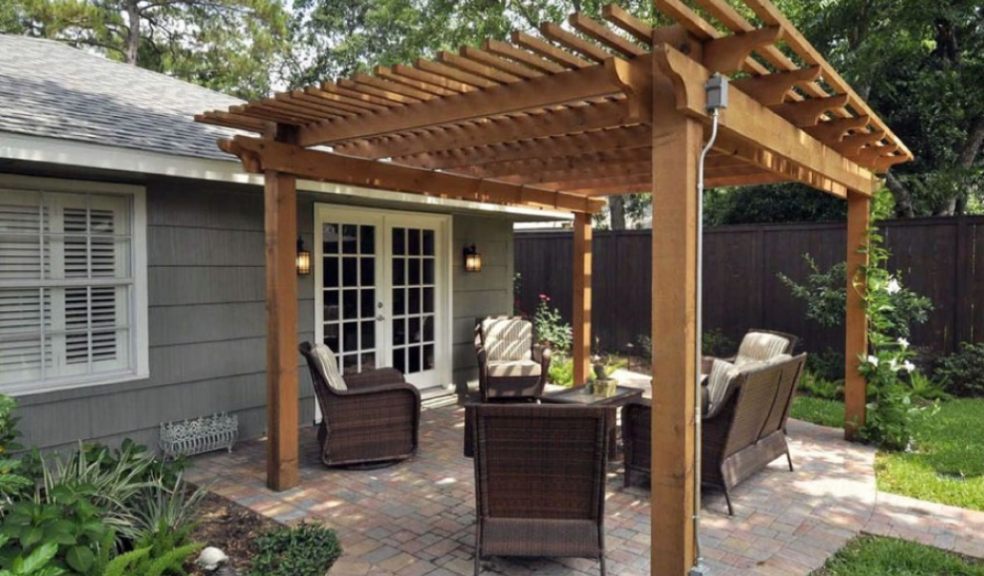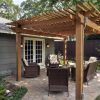
All you need to know about building a pergola
A pergola is a multi-purpose garden structure that can be either joined to the house or freestanding. It is an open structure and can be used to shelter something like a barbecue or as a garden focal point. If you are considering adding a pergola to your garden, here’s what you need to know to build one. If you are interested in gardening, you can find many instruments for your garden here.
Pergola purpose
The first thing to consider when building a pergola is what you want to use it for. This helps to decide on the design and location. Most pergolas aren’t the best for shade as they have open roofs sometimes with mesh or trellis on them. So they are great to sit over a barbecue and offer a little shelter but won’t protect against the rain.
A seating area shelter is another popular use for a pergola, helping to reduce the glare from the sun while still remaining warm and comfortable. Outdoor dining is often done under a pergola and it does give a little privacy.
Planning the pergola
In most cases, you don’t need planning permission to add a pergola to your garden. There are exceptions to this rule if you are in a conservation area for example or your property is listed. So it is always worth checking with your local planning department that there are no extra regulations applying to your property. Otherwise, building a pergola will fall under Permitted Development.
You also want to decide on the size and location of the pergola at this point. Some people add them to the rear of the house like a conservatory to create a sheltered space just outside the rear door or patio doors. Other times, they are located in the middle or the bottom of the garden. Make sure you have enough space around the spot to work and to get in and out of the pergola comfortably.
Pergola materials
There are plenty of options, but wood remains the first choice for the material for a pergola. Softwood is the cheapest and if you go for pressure-treated timber it will have a reasonable lifespan. If you want something that looks a little more impressive and has a very long lifespan, an oak pergola is a great option.
You can go down two routes to getting the material. First, you can work out what wood you need including:
Uprights that are at least 75mm (3 inches) or 100mm (4 inches) to make the frame solid and at least 3m (10ft) long as you need to go into the ground by around half a meter (2 ft). You will need enough uprights to add one every 1.8-2.5m (6-8ft)
Main and crossbeams made from 150 x 50mm timber with crossbeams placed around every 600mm (2ft)
The other option is to buy a ready-made kit that contains all of the wood you need for the chosen design. This is what you get when you buy an oak pergola from East Sussex based, Trade Oak Building Kits where you can get a DIY kit that contains all the wood and fittings you need to create your pergola.
Creating the foundation and adding the pergola
Once you have all of your materials, you are ready to create the foundation for your pergola. Concrete is the best option to put your posts into the ground and ensure they stay put unless you are building on a decking area or there is already a solid concrete base in place. To build off decking, cut a hole through a decking joist and use this to add the first upright then do the same for the others. If you have a concrete base, you may want to use metal bases to bolt the upright posts to the concrete.




















